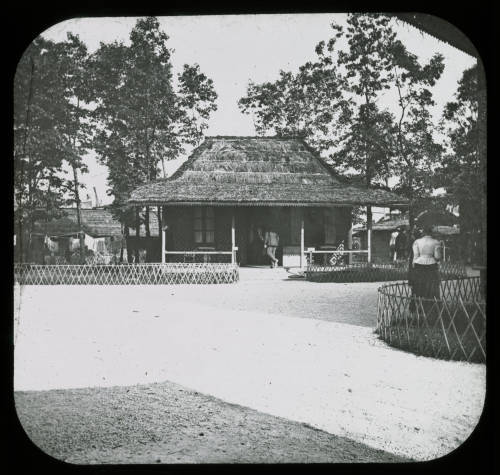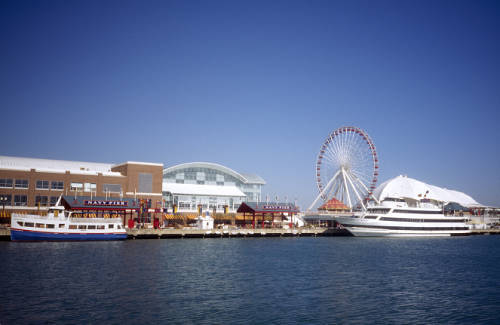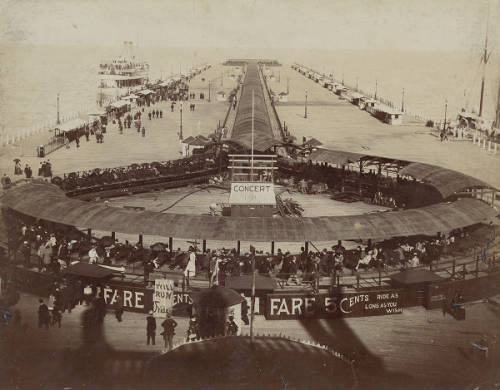The World's Columbian Exposition of 1893: Legacy of the Fair
The World’s Columbian Exposition would leave an indelible mark on the social fabric of American life before its end. Shunning appeals by prominent advocates and abolitionists like Ida B. Wells for equal inclusion, the organizers of the Fair refused to feature exhibits by African Americans in the Chicago World’s Fair, instead having the single building for the nation of Haiti stand in as a center for Americans of color. Frederick Douglass, representing the Haitian government at the Fair, and Ida B. Wells would publish the pamphlet The Reason Why the Colored American Is Not in the World's Columbian Exposition in 1893 to protest the Fair’s unequal treatment of Americans of color and highlight the racist policies of the World's Columbian Exposition. World’s Fair officials would eventually host a “Negro Day” (when African Americans were encouraged to attend), a harbinger for the infamous “separate but equal” decision that would be handed down by the Supreme Court in Plessy v. Ferguson just three years later.
From its inception, the World’s Columbian Exposition was envisioned with one eye on the future, with the cultural legacy and impact of the Fair foremost in the minds of Burnham and the other organizers. Indeed, many elements of the Chicago World’s Fair are present in the modern world today. George Ferris’ spectacular Wheel would become a popular entertainment at fairs and festivals across the globe, inspiring the creation of the Centennial Wheel which stands on the historic Navy Pier in Chicago. The word “Midway” would enter everyday use as attractions such as Coney Island in New York City, reminiscent of the Fair’s Midway Plaisance, sprang up around the country. And legend has it that a certain Emerald City in the faraway land of Oz would take its inspiration from the Chicago World’s Fair after a visit by the author L. Frank Baum to the remarkable White City.
Though problematic with its exhibits steeped in exoticism, racism, and exclusion, the World’s Columbian Exposition set the standard for every World’s Fair that followed, including the Century of Progress International Exposition held in Chicago just forty years later in 1933. With its mix of popular entertainments on the Midway Plaisance and more innovative and futuristic exhibits displayed in its Great Buildings, the World’s Columbian Exposition of 1893 modeled the blueprint for a 20th-century exhibition with wide appeal.





